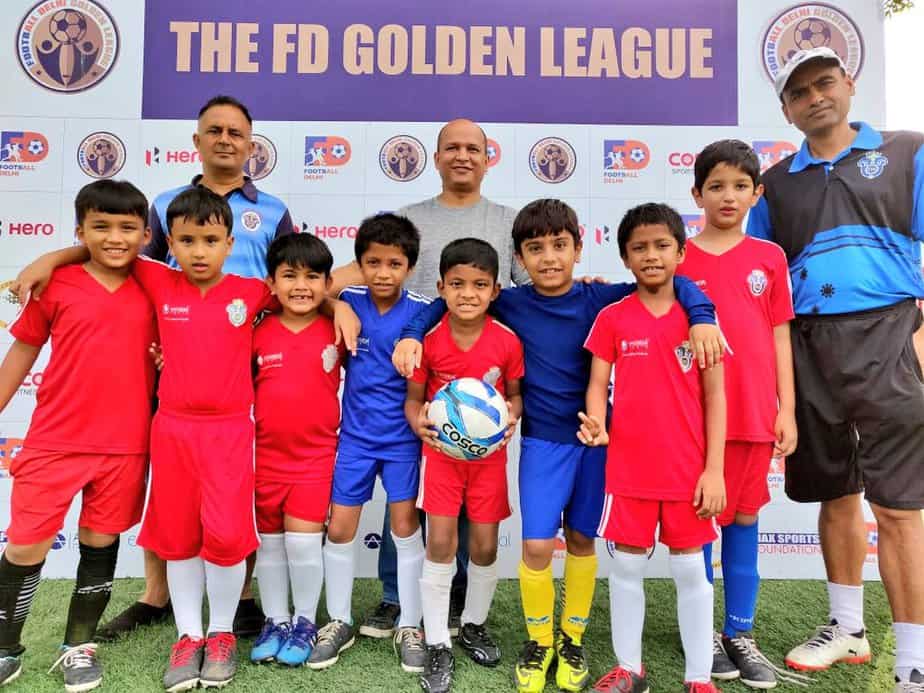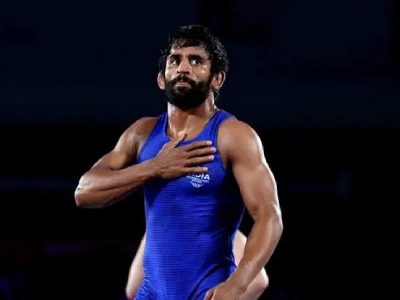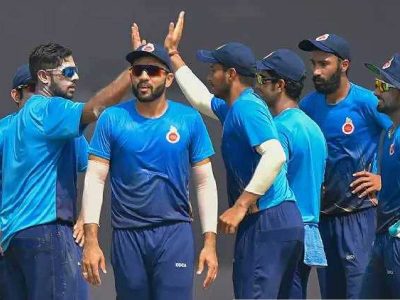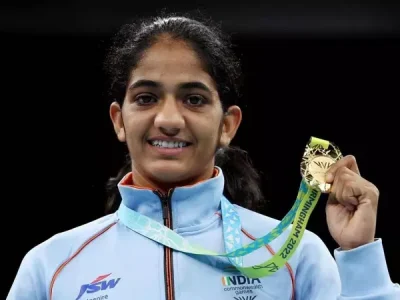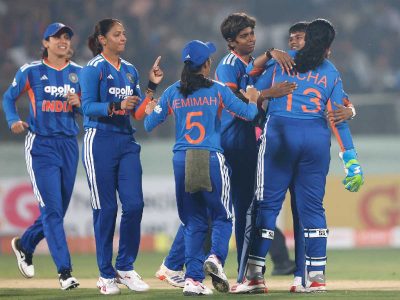On Delhi’s Football Day, here is a look at why the capital has failed to leave a mark in the national footballing scene
On August 3, 1984, in a soldier’s house in Secunderabad, a child was born who went on to become one of the leading international goal scorers in the world and changed the face of Indian football to a large extent. He is the current captain of the Indian national football team — Sunil Chhetri.
In his youth days, he used to play for City Club FC — a club based out of Delhi — before being signed on by Mohun Bagan in 2002 at the age of 17. He also represented Delhi in the Santosh Trophy. Chhetri had his footballing roots in the city of Delhi. To honour this, , Football Delhi — the city’s official football body — declared August 3, his birthday, as Delhi Football Day. They would also be organising a grand event to commemorate the occasion. “He is perhaps the greatest Indian footballer ever, and he has given so much recognition to football in the city. So, it is our duty to honour such a legend,” says Shaji Prabhakaran, the president of Football Delhi.
But in spite of all this, how much has Delhi really achieved in the sport? While the state churns out one international cricketer after another, there seems to be a dearth of football players representing the capital at the highest level, apart from Sunil Chhetri himself.
At the national league level , Delhi is far behind other states. While in the I-League, the only representative from the city is Indian Arrows, all other teams are languishing in the I-League second division. In the Indian Super League, Delhi Dynamos — the team representing the city — has been sitting at the bottom of the table for the last two years consecutively. In this year’s Santosh Trophy too, Delhi fared quite poorly, as they could not even qualify for the final rounds of the premier state level tournament in the country.
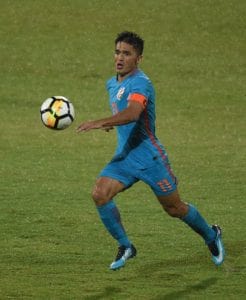
“The major problem we face is the lack of training and playing facilities for the youngsters,” says Prabhakaran. Even though Delhi houses one of the most advanced football stadiums in the country — the Jawaharlal Nehru Stadium and the Ambedkar Stadium – which are also one of the oldest football stadiums in India. “Even though we have two of the better stadiums in the country, there are inadequate facilities for the training of upcoming players and kids. The children who want to pursue the game, do not have the resources because of which many promising youngsters quit the game,” adds Prabhakaran.
There are many football clubs in Delhi like Shastri FC and schools also set up by football giants like Barcelona and Arsenal.
However, Prabhakaran says, “These facilities are only available to people who have the money to afford them. Ironically, the best footballing talent comes from the poor and lower middle class families who cannot afford these facilities.” He goes on to say that the facilities provided by the government and municipal bodies, like the Delhi Development Authority (DDA), are not fit for training. “The grounds that are maintained by the DDA face serious lack of maintenance. The playing pitches are rough with an uneven covering of grass, which increases the risk of injury,” adds Prabhakaran.
Another major problem, according to veteran football analyst Novy Kapadia, is the fact that the different clubs in the Delhi Football League are not recruiting more and more home-grown players. “Most of the players that play in the different clubs of the league are either from different states like Jharkhand, West Bengal and north eastern states. There are players from different African countries as well,” says Kapadia.
“If you see successful state leagues like Kerala and West Bengal, most of the players there are home-grown, even though they have players from other parts of the world,” he adds. “As a result, what happens is that when you want to select players for the Santosh Trophy — an Under-23 tournament — you only depend on trials, and the players who are selected, do not have enough game time on the pitch, and represent Delhi solely based on trials. This is why Delhi is a constant underperformer at the Santosh Trophy.” In fact, the last time they lifted the prize was in 1945. “In addition to this, the league is never held on time, and the structure is very erratic,” adds Kapadia.
The fan base for local football in Delhi is not at all strong, which serves as another drawback for the players. “Local clubs like East Bengal and Mohun Bagan in Kolkata and also those in Kerala, have a massive fan base,. “But there is very less fan support here, mainly because the people are not interested, and the league hasn’t been promoted enough,” says Shaji Prabhakaran. “Most of the time the footballers play in front of an empty stadium, so even the players lose interest in the game,” he adds.
Prabhakaran hopes that there will be a sea change in the Delhi footballing scene. “We started the change in a small way, by rechristening ourselves from the Delhi Soccer Association to Football Delhi. But this was just a small change to symbolise that we will start building Delhi football from scratch.”
Football Delhi has started the Golden League, a tournament to promote the game among youngsters. Played at the under-9 and under-11 levels, the tournament is held every Saturday at the Ambedkar Stadium. “If we can improve the players at the grassroot level, then the future of Delhi football is secure and we will be one of the most feared footballing powers in the country,” says Prabhakaran, who claims that more than 200 teams have participated in the Golden League. “We have many initiatives like this on the pipeline, and in the next 10 years we will have a lot of players to represent Delhi at the national level, like Sunil Chhetri,” concludes Prabhakaran.

